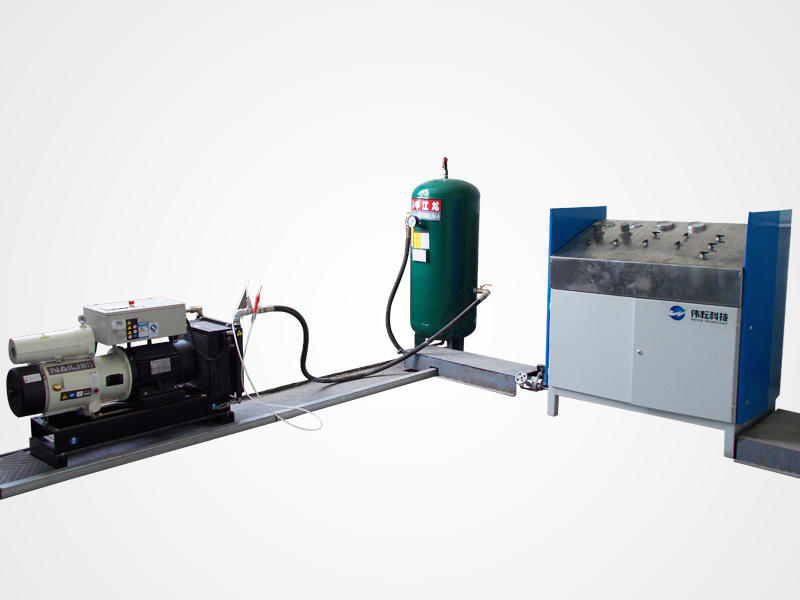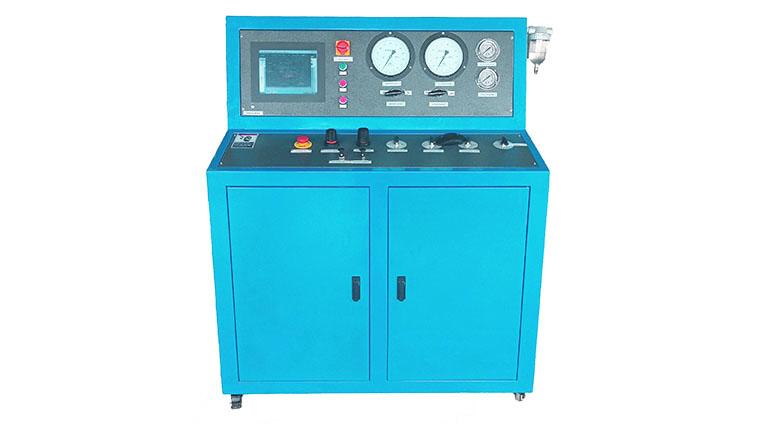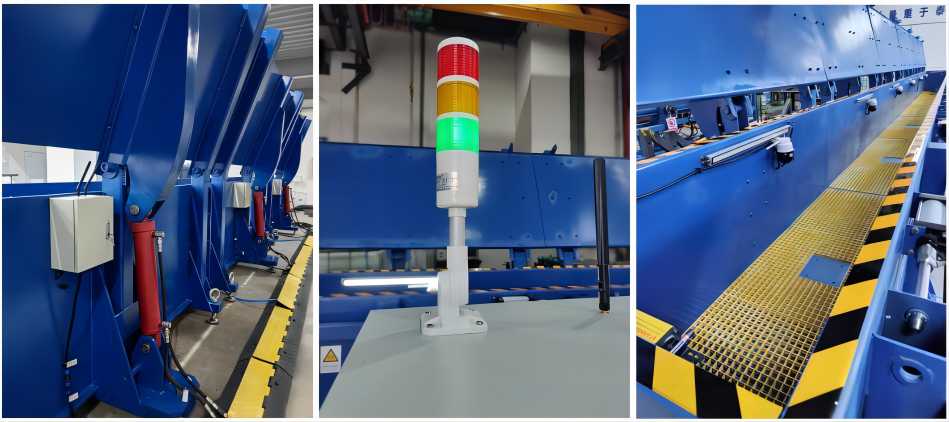Valve Test Benches: Something You Need to Know When Choosing It
Valves are ubiquitous components in various industries, playing a crucial role in controlling the flow of fluids and gases. From regulating pressure in pipelines to managing water flow in irrigation systems, valve functionality directly impacts safety, efficiency, and overall system performance. To guarantee reliable operation, valves undergo rigorous testing procedures throughout their lifecycle, from manufacturing to maintenance. Valve test benches are specialized pieces of equipment designed to evaluate a valve’s performance against specific criteria. This article delves into the world of valve test benches, exploring different types, their applications, and factors to consider when choosing the right one.
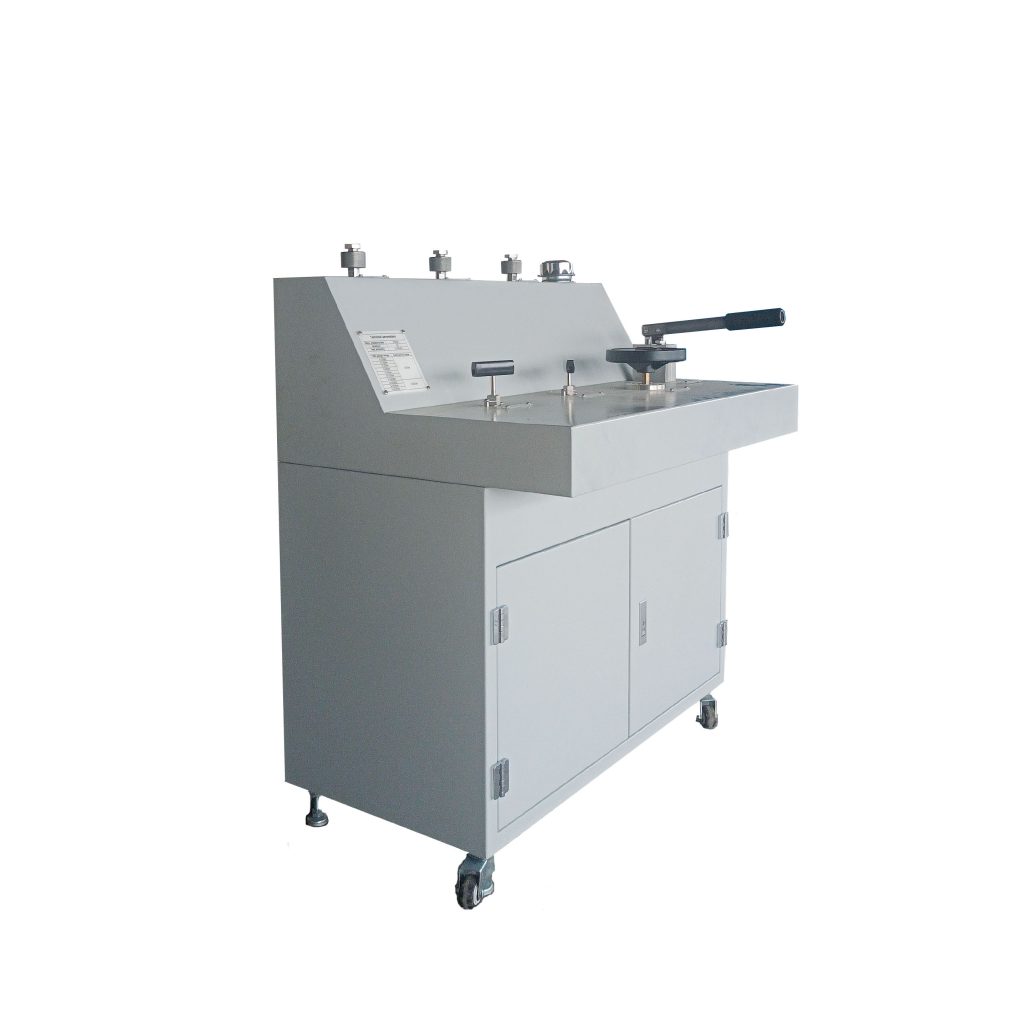
What is Valve Testing and How Important is it?
Valve testing is a crucial process that goes beyond simply checking if a valve opens and closes. It’s a comprehensive evaluation designed to guarantee a valve performs its designated function reliably and safely throughout its lifespan. These tests can be broadly categorized into three main areas:
- Functional Testing: This test focuses on the core mechanics of the valve. It measures the speed at which the valve opens and closes (opening/closing time). It also evaluates the distance the valve’s internal component travels during operation (stroke length). Additionally, functional testing assesses how well the valve regulates flow at various positions. This ensures the valve delivers the precise amount of fluid or gas required at different settings.
- Leakage Testing: Even the smallest amount of leakage from a closed valve can have serious consequences. Leakage testing meticulously measures the amount of fluid or gas that manages to bypass a closed valve. This identifies any potential weaknesses in the sealing mechanism, preventing compromised system integrity and safety hazards.
- Strength Testing: This test pushes the valve to its limits to ensure it can withstand the pressures it’s designed for. It involves applying both internal and external pressure loads to the valve body and monitoring for any signs of structural failure. Strength testing guarantees the valve maintains its structural integrity under real-world operating conditions, preventing potential ruptures or breakdowns.
The Importance of Regular Valve Testing
By conducting these comprehensive tests regularly, valve testing offers a multitude of advantages:
- Enhanced Safety: Early detection of potential malfunctions or weaknesses within a valve helps prevent catastrophic failures. This proactive approach minimizes the risk of accidents and environmental damage that could occur due to valve malfunction.
- Improved Performance: Valve testing ensures valves operate precisely within the specified parameters they were designed for. This optimized performance leads to efficient system operation and minimizes energy consumption. Properly functioning valves contribute to smoother and more efficient overall system operation.
- Cost Savings: Identifying valve issues early through testing allows for preventative maintenance. This proactive approach can save significant costs in the long run by preventing major repairs or unplanned system downtime. Early detection and correction of minor issues prevent them from escalating into costly problems later.
- Regulatory Compliance: Many industries have strict regulations mandating regular valve testing. These regulations aim to ensure adherence to safety and environmental standards. Regular testing helps companies comply with these regulations and avoid potential fines or penalties.

Types of Valve Test Benches
Choosing the appropriate valve test bench hinges on two key factors: the specific type and size of the valve being tested, and the desired test parameters. Here’s a detailed breakdown of three common categories of valve test benches:
1. General Valve Test Benches: Versatility for Everyday Testing Needs
General valve test benches are designed to accommodate a broad range of valve types and sizes, offering flexibility for routine testing procedures. These benches typically encompass the following key components:
- Clamping System: This secure mechanism holds the valve firmly in place during testing, ensuring a stable and leak-free environment for accurate measurements. The clamping system design varies depending on the valve size and connection type (flanged, threaded, etc.).
- Pressure Source: This component simulates the operating pressures the valve will encounter in its real-world application. General valve test benches can utilize various pressure sources, such as compressed air or gas cylinders, depending on the required pressure range.
- Sensors and Data Acquisition Modules: These electronic components play a crucial role in collecting and recording test data. Sensors measure pressure, flow rate, temperature, and other relevant parameters during testing. The data acquisition module then translates these sensor readings into usable data for analysis.
General valve test benches are suitable for conducting a variety of tests, including:
- Functional Testing: Verifying the valve opens, closes, and regulates flow according to specifications. This can involve measuring opening/closing speed, stroke length, and flow characteristics at different valve positions.
- Leakage Testing: Identifying and quantifying any leakage that occurs when the valve is closed. This helps ensure system integrity and prevent potential safety hazards or product contamination.
- Pressure Resistance Testing: Assessing the valve’s ability to withstand specified pressure loads without structural failure. This is crucial for valves used in high-pressure systems.
2. Hydraulic Valve Test Benches: Power and Precision for Demanding Applications
Hydraulic valve test benches utilize hydraulic systems to generate significantly higher pressure and flow rates compared to general benches. This added power makes them ideal for testing:
- High-Pressure Valves: These valves are commonly employed in demanding industrial settings like oil and gas pipelines, power plants, and heavy machinery. Hydraulic test benches can simulate the extreme pressures these valves encounter in real-world operation.
- Large and Heavy-Duty Valves: The robust clamping systems and high force capabilities of hydraulic benches make them suitable for testing large and heavy valves that may not be compatible with general benches.
Beyond the increased power, hydraulic systems offer several advantages:
- Precise Pressure Control: The inherent controllability of hydraulic systems allows for highly accurate pressure application during testing, ensuring reliable and repeatable results.
- Structural Integrity Testing: The high force generated by hydraulic systems enables testing the structural integrity of valves under extreme pressure loads. This is crucial for ensuring the valve can withstand potential pressure surges or malfunctions in the system.
3. Safety Valve Test Benches: Tailored for Critical Pressure Relief Components
Safety valve test benches are specialized tools designed specifically for testing pressure relief valves. These valves play a vital role in protecting pressure vessels, pipelines, and other equipment from catastrophic failure by automatically releasing excess pressure when it exceeds a predetermined threshold. Safety valve test benches simulate scenarios where pressure buildup occurs, and they measure the following critical parameters:
- Opening Pressure: This test verifies the pressure level at which the safety valve activates and begins to release pressure.
- Reseating Pressure: Once the pressure has dropped below the setpoint, the safety valve should automatically reseal to prevent unnecessary pressure loss. This test measures the pressure at which the valve reseals.
- Flow Capacity: This test assesses the valve’s ability to release excess pressure effectively. The flow capacity determines the maximum pressure relief capability of the safety valve.
By meticulously testing these parameters, safety valve test benches ensure these crucial components function correctly and can prevent catastrophic accidents in high-pressure systems.

Tips for Choosing the Right Valve Test Bench
Selecting the most suitable valve test bench requires a comprehensive analysis of several key factors to ensure accurate and safe testing procedures. Here’s a detailed breakdown of the crucial considerations when choosing a valve test bench:
1. Valve Type and Size Compatibility
- Valve Type Compatibility: The test bench must be designed to accommodate the specific type of valve being tested. This includes considerations like gate valves, ball valves, butterfly valves, or check valves. Each valve type may have unique connection methods, actuation mechanisms, and pressure ratings that require compatible features in the test bench.
- Size Constraints: The test bench’s clamping system and overall dimensions must be able to securely hold the valve throughout testing. Flange sizes, body diameters, and overall weight of the valve need to be compatible with the clamping system’s capabilities.
- Pressure Rating Match: The test bench’s maximum pressure generation capacity should exceed the valve’s rated pressure. This ensures the bench can simulate the full range of operating pressures the valve may encounter and accurately assess its performance limits.
- Flow Rate Capacity Alignment: The test bench’s flow rate capabilities should be sufficient to match the expected flow rates the valve will handle in real-world applications. This allows for testing the valve’s ability to regulate flow effectively under various operating conditions.
2. Pressure and Flow Requirements
- Pressure Simulation: The test bench needs to generate pressure levels that match or exceed the valve’s expected operating pressures. This ensures the test accurately reflects the stress the valve will experience during normal use. Insufficient pressure testing could lead to overlooking potential weaknesses that might only manifest under higher pressure loads.
- Flow Rate Matching: The test bench’s flow rate capabilities should be able to replicate the flow rates the valve will regulate in its actual application. This allows for evaluation of the valve’s flow control characteristics and ensures it can handle the intended flow volume without compromising pressure integrity.
3. Level of Automation and Data Acquisition
- Automation Level: The desired level of automation in the testing process needs to be considered. Some benches offer fully automated testing sequences, where the user simply selects the test parameters, and the bench performs the entire test autonomously. Other benches require manual operation of each test step. The choice between automation and manual operation depends on factors like test complexity, frequency of testing, and desired level of user control.
- Data Acquisition Capabilities: The test bench’s ability to collect and record data during testing is a crucial factor. Data acquisition systems typically record pressure, flow rate, temperature, and other relevant parameters throughout the test. This data can then be analyzed to identify potential issues, track valve performance over time, and generate reports for quality control purposes.
4. Safety Considerations
- Pressure Relief Systems: For testing high-pressure valves or safety valves, the test bench should be equipped with robust pressure relief systems. These systems automatically release excess pressure in case of malfunctions or equipment failures, safeguarding the operator and surrounding environment.
- Emergency Shut-Off Mechanisms: The test bench should also incorporate emergency shut-off mechanisms that allow the operator to immediately stop the test in case of unforeseen circumstances. This rapid response capability helps minimize risks associated with equipment failure or unexpected pressure surges.
- Material Compatibility: The test bench’s materials and construction should be compatible with the type of fluid or gas the valve is designed to handle. This ensures the test environment is safe and avoids potential chemical reactions or material degradation.
By carefully considering these factors, industries can select the most suitable valve test bench for their specific needs. Choosing the right equipment allows for accurate and reliable valve testing, ultimately contributing to the safe, efficient, and reliable operation of critical valve systems across various industries.
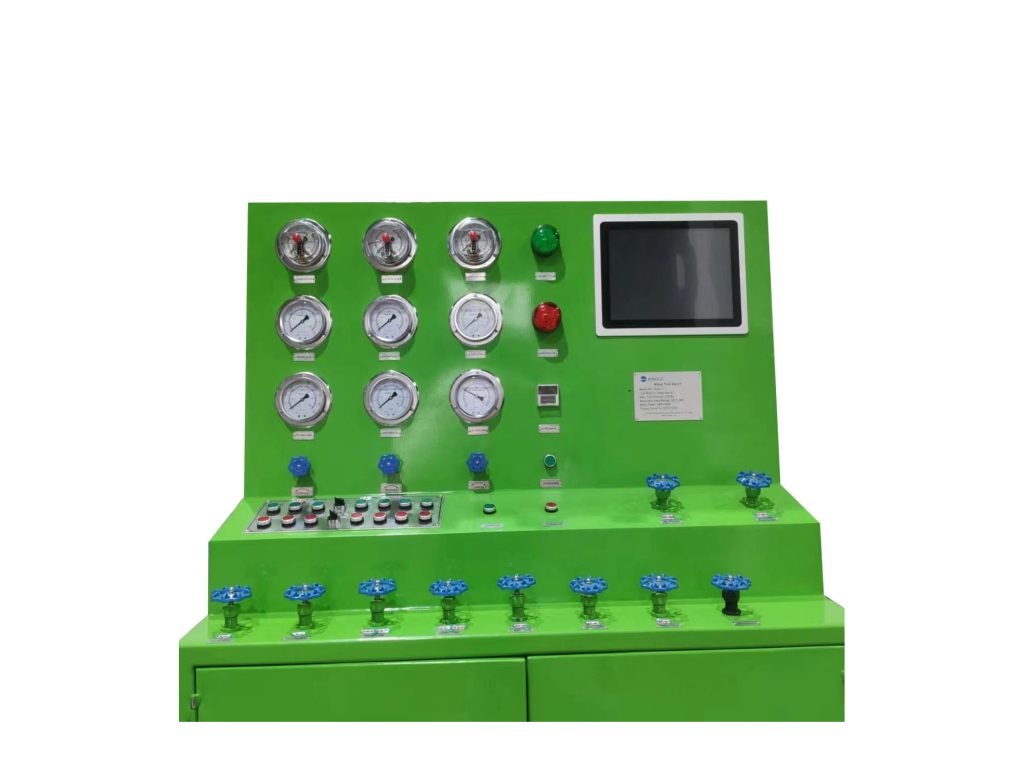
Conclusion
Valve test benches play a vital role in ensuring the reliable performance of valves across various industries. By simulating real-world operating conditions and evaluating critical parameters, these specialized pieces of equipment help guarantee the safety, efficiency, and longevity of valve systems. As technology advancements continue, valve test benches are likely to become even more sophisticated, incorporating features like advanced data analysis and remote monitoring capabilities. This will allow for more efficient and comprehensive valve testing, ultimately contributing to the development of even more reliable and robust valve systems for critical applications.

